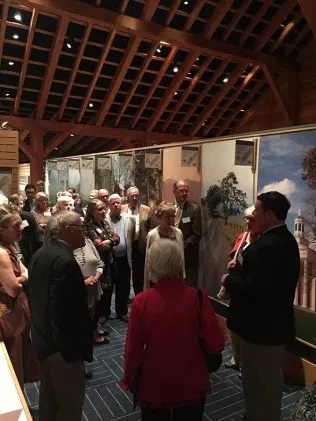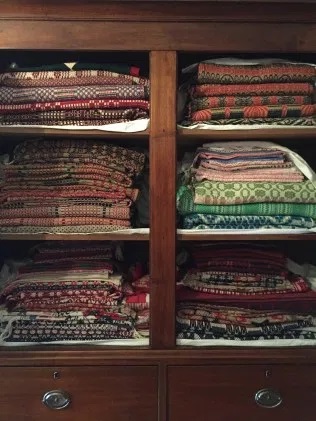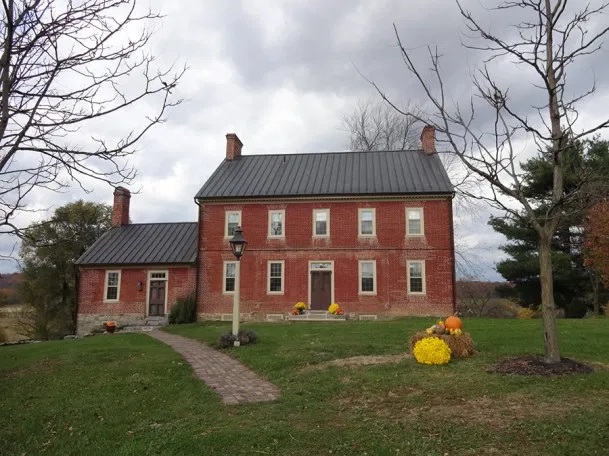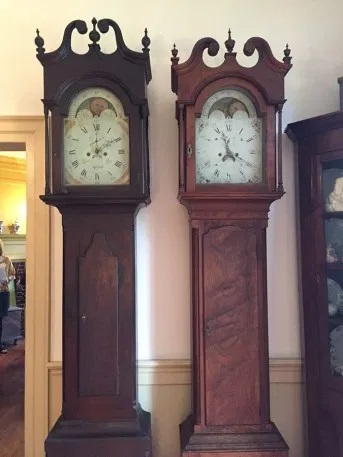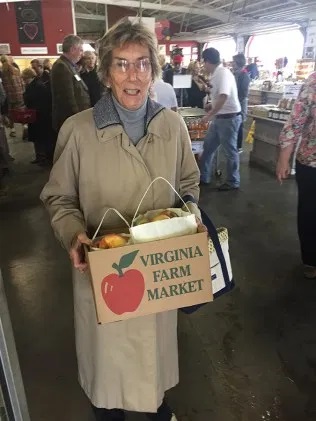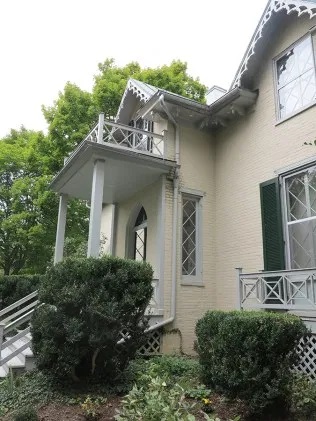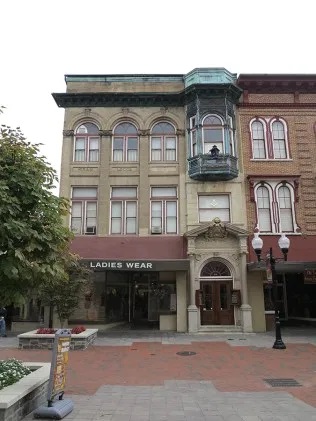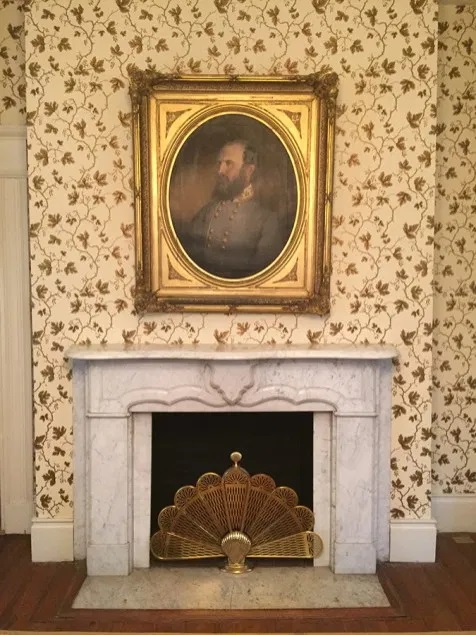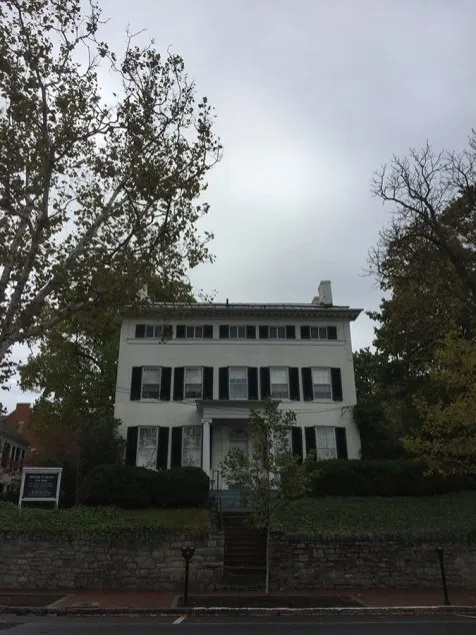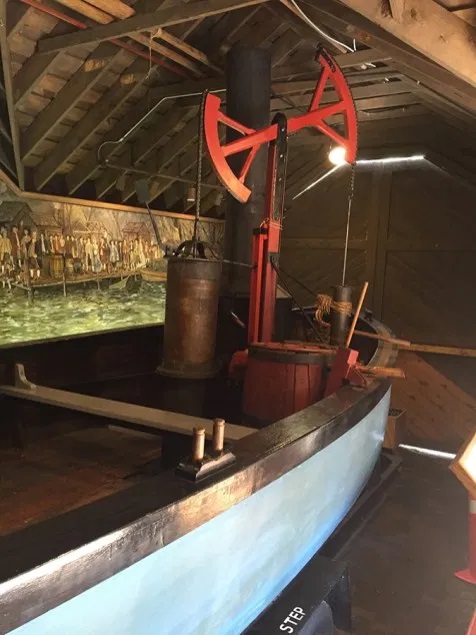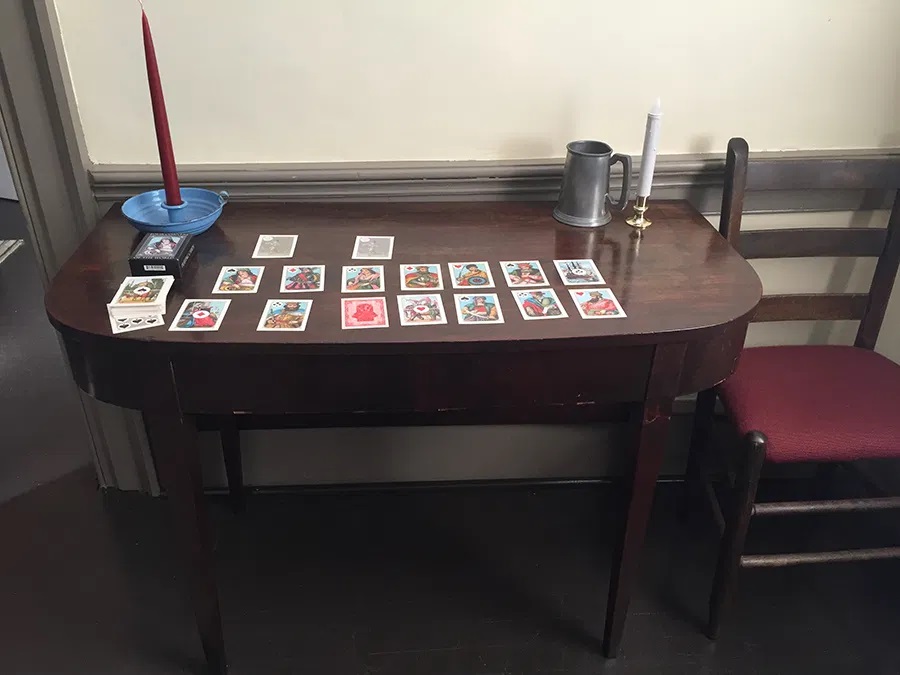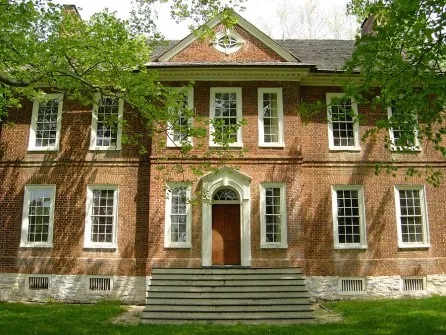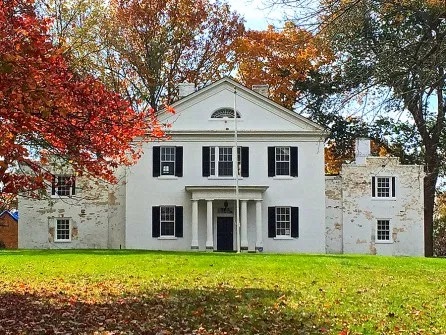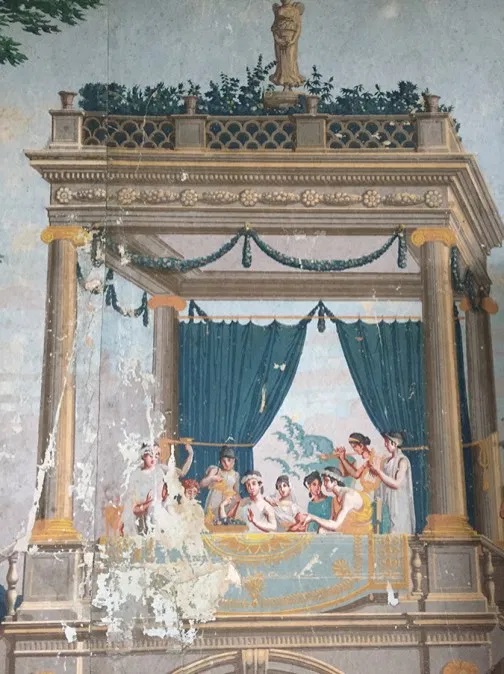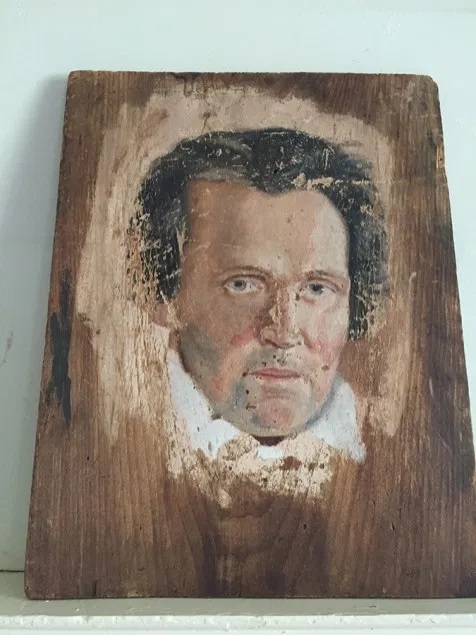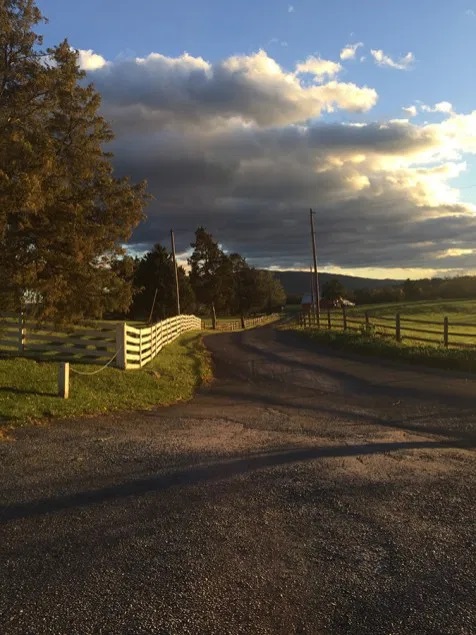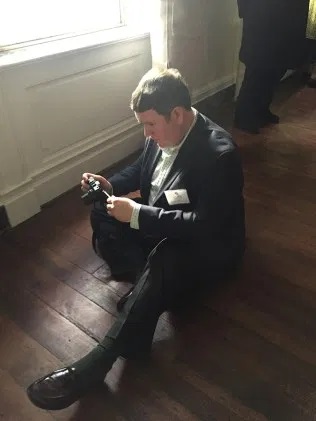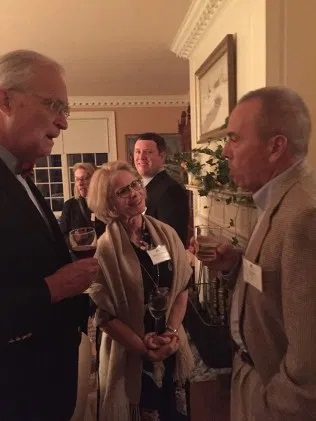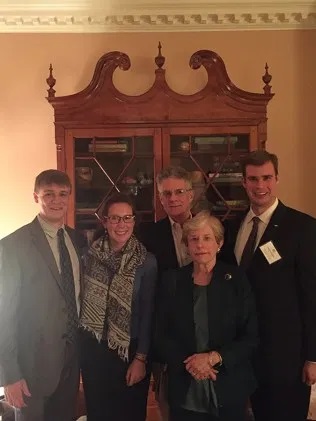Winchester: Exploring Virginia’s Northern Valleys
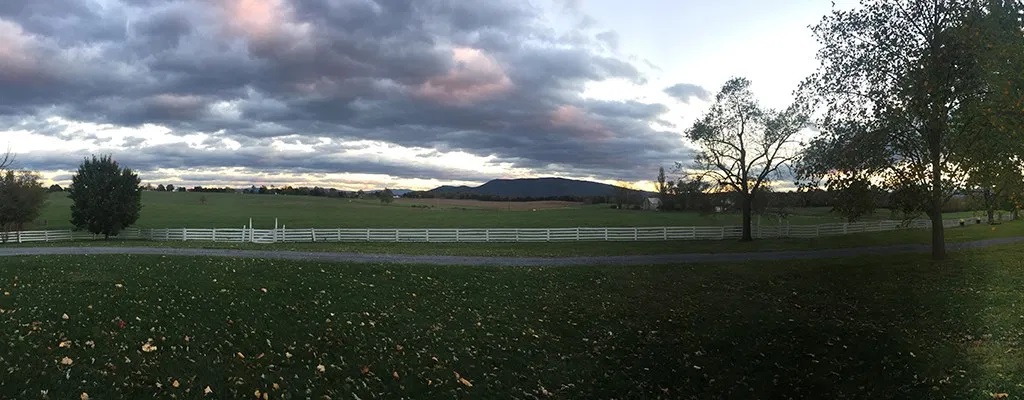
Located in the Shenandoah Valley, and a short distance from the Potomac River Valley, Winchester and the surrounding counties of Virginia occupied a unique place in colonial America and the early republic. Surveyed by George Washington, whose contemporaries considered the fertile valleys to be the Western frontier, the towns and communities that developed there benefitted from both immigration and commercial traffic that left a rich and varied legacy in its historic architecture and decorative arts. Thanks to the expert local help of Nick Powers of the Museum of the Shenandoah Valley in Winchester, Matthew Webster of Colonial Williamsburg, and Trust Governor Ralph Harvard, participants in our Fall 2016 Symposium enjoyed a phenomenal program, and managed to visit an impressive number of sites and collections.
There could be no better introduction to the region than the Museum of the Shenandoah Valley, which hosted our opening lecture and reception. Trust Governor Carol Cadou, Senior Vice President of Historic Preservation & Collections at Mount Vernon, opened the proceedings with her lecture “’Most beautiful groves of sugar trees:’ George Washington’s Shenandoah Valley,” an overview of his explorations of the area as a young surveyor and, later, militia officer. In perhaps a first for the Trust, the festivities of the ever-popular opening reception, held at the MSV’s historic Glen Burnie House, took a back seat to curator Nick Powers’ special tour of the museum’s galleries and its collections.
Born and raised in Winchester, Nick possesses a nearly encyclopedic knowledge of local history, from which we benefited during his Friday morning lecture on Winchester and Frederick County carpenters and cabinetmakers. The trio of following lectures covered many favorite branches of the decorative arts, including Dr. Gene Comstock on Shenandoah Valley pottery, Catherine Hollan on Valley silversmithing, and Mary Robare on local Quaker quilts and the unique Apple Pie Ridge star pattern.
The afternoon program of site visits began with Nick’s own childhood home, Cherry Row, where his parents David and Jenny welcomed us for lunch and a tour of their fabulous collection, ranging from painted boxes and rifles to samplers and quilts. Their stewardship and preservation of the 1794 house represents a labor of love and scholarship as they have slowly taken it back to its original state over many years.
Although a passing rainstorm caused umbrellas to unfurl, it did not dampen enthusiasm for the rest of the afternoon tours of notable Winchester buildings. The Fuller-Moore House, known today for serving as the Civil War headquarters of Stonewall Jackson, was built in 1854 after the Carpenter Gothic designs of Andrew Jackson Downing and was restored in part based on written descriptions from the General and his wife. The Bell House, dating from 1810, was occupied by descendants of the family until this past summer, and still contains a fabulous collection of both local and Baltimore-made goods. The private collection of Dr. Greg Bott charmed participants with its eclectic mix of Valley furniture, fraktur, pottery, samplers, and toys, while the local Masonic lodge boasted its original mid-19th century frescoes.
Saturday’s itinerary shifted northwest into Jefferson County, West Virginia. The morning’s speakers, Matt Webster, John Allen, and Wallace Gusler, all have deep ties to that region, and shared its architectural and material history in the morning’s lectures. Their introduction to the county’s rich history was complemented by a visit to the Shepherdstown Museum, a small but vibrant institution that boasts a collection of local furniture, maps, documents, toys, and a working full-scale model of the first successful steamboat built by James Rumsey, which predated Robert Fulton’s model by twenty years.
Of the four houses on the afternoon’s itinerary, Happy Retreat and Belle Grove are administered by nonprofit institutions. While Belle Grove is now a successful house museum, Happy Retreat, the home of George Washington’s younger brother Charles, was purchased by a foundation in the last year. It is the first Washington family house in Jefferson County to be publicly accessible, and ongoing archaeological excavations and architectural analysis are shedding new light on what Charles’s original house might have looked like.
The afternoon’s private homes, Piedmont and Traveller’s Rest, have both benefitted from dedicated and sympathetic restoration and preservation efforts by their current owners. The stewards of Piedmont were particularly determined, when they acquired the house twenty years ago, to preserve as much original material as possible as a record for future generations. The result, while certainly showing the patina of the intervening centuries, is a spectacular illustration of Piedmont’s history, including original 1818 Dufour scenic wallpaper.
The program of events concluded on Sunday with presentations by Sarah Thomas, a William & Mary doctoral student and one of the Trust’s 2015 Summer Research Scholars, and furniture historian Betsy Davison. Sarah’s lecture covered the broader material culture of Shenandoah County, while Betsy focused specifically on the iconic craftsman Johannes Spitler.
For Matt and Christian, who both went to college “up the Valley” in Lexington, introducing the hidden and overlooked sites of the region to the Trust’s participants felt like sharing a bit of home. We could not have done it without the gracious help our friends, colleagues, and the hosts of the many public and private sites we visited. We are just as excited for next year’s symposia in Savannah and Hartford and look forward to more explorations!
About The Decorative Arts Trust Bulletin
Formerly known as the "blog,” the Bulletin features new research and scholarship, travelogues, book reviews, and museum and gallery exhibitions. The Bulletin complements The Magazine of the Decorative Arts Trust, our biannual members publication.








